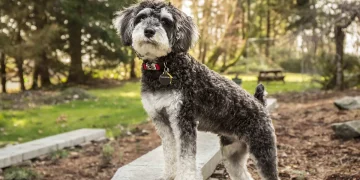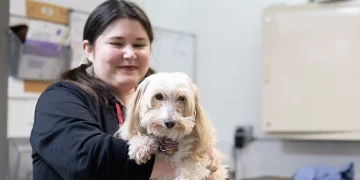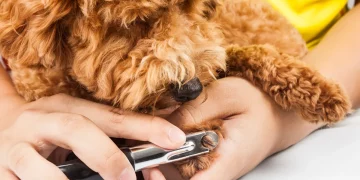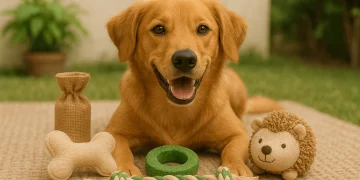Training a rabbit to come to you can be a rewarding and enriching experience for both you and your furry friend. Unlike dogs, rabbits are more independent and can be a bit more challenging to train due to their natural instincts and behaviors. However, with patience, consistency, and understanding of rabbit behavior, you can successfully train your rabbit to respond to your call. This article will guide you through the essential steps, providing insights into rabbit psychology, training techniques, and tips to ensure a positive experience for your rabbit.

What Are the Natural Instincts of Rabbits?
Rabbits are prey animals, and their natural instincts are geared towards survival. In the wild, rabbits are constantly alert to potential dangers and are inclined to flee at the first sign of trouble. This inherent skittishness can make training a bit more challenging but not impossible.
Rabbits are also highly social creatures that thrive on interaction with their peers and, in a domestic setting, their human caregivers. Understanding these instincts is crucial when training your rabbit. They are naturally curious and will be more inclined to approach you if they feel safe and secure.
How Do Rabbits Communicate?
Rabbits communicate through a combination of body language and sounds. Recognizing these signals can help you understand your rabbit’s mood and receptivity to training. Key behaviors to watch for include:
Ears: Position and movement of ears indicate their attention and emotions. Forward-facing ears suggest curiosity, while flattened ears may indicate fear.
Body Posture: A relaxed rabbit will have a loose posture, while a tense, hunched position suggests fear or discomfort.
Vocalizations: While relatively quiet, rabbits can make various sounds such as purring (contentment), thumping (alarm), and grunting (irritation).
By paying attention to these signals, you can gauge when your rabbit is most receptive to training.
What Are the Essential Supplies for Rabbit Training?
Before starting the training process, gather the necessary supplies to make the experience smooth and effective. You will need:
Treats: Choose healthy treats that your rabbit finds irresistible. Fresh vegetables, small pieces of fruit, or commercial rabbit treats can be used. Avoid overfeeding treats to prevent obesity.
Clicker: A clicker can be a useful tool in marking desired behaviors.
Safe Training Area: A quiet, enclosed space where your rabbit feels safe and secure is essential for effective training.























































